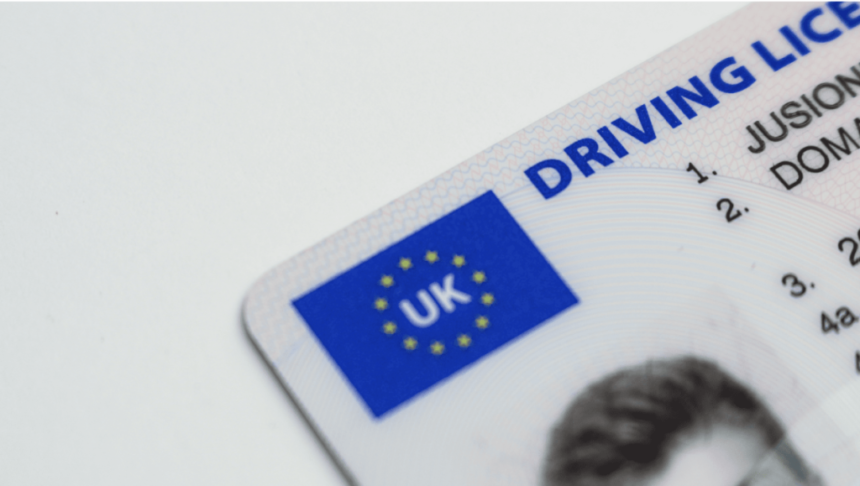In Illinois, losing driving privileges can profoundly impact daily life, from limiting job opportunities to making basic errands difficult. For those facing suspension or revocation, understanding the driver’s license reinstatement process is crucial to regaining the freedom and independence of the road. Illinois has specific steps and requirements for reinstating a license, depending on the reason for suspension—such as traffic violations, unpaid fines, or a DUI offense. Navigating the process can seem complex, but residents can effectively work toward license reinstatement with a clear understanding of the necessary procedures, including hearings, SR-22 insurance, and completion of any mandated programs. This guide provides a step-by-step overview of Illinois’ reinstatement requirements to help residents regain their driving privileges smoothly and responsibly.
Losing a driver’s license can be a stressful experience that limits personal freedom, makes daily tasks more challenging, and may even impact employment. Whether your license was suspended due to a traffic violation, unpaid fines, or other legal matters, understanding the reinstatement process can help you get back on the road safely and legally.
Reasons for License Suspension or Revocation
The first step to understanding the Illinois license reinstatement is knowing why your license was suspended or revoked. This information is essential, as different suspensions have specific reinstatement requirements. Common reasons for license suspension or revocation include:
Traffic violations, driving under the influence, unpaid fines, insurance violations, and medical conditions can lead to suspensions. These violations can result in license revocation or lengthy suspensions. It’s crucial to consult the DMV or legal resources to understand the reinstatement requirements for each situation.
Understanding the Difference Between Suspension and Revocation
Understanding the difference between a license suspension and revocation is crucial before proceeding with the reinstatement process. At the same time, revocation is the complete termination of these privileges, requiring a more extensive process, including reapplying for a permit, passing tests, and paying additional fees.
Knowing whether your license is suspended or revoked can clarify the steps needed for reinstatement.
Important Considerations for Reinstatement
To reinstate a suspended driver, follow deadlines and provide necessary documentation. If required, maintain SR-22 insurance, which notifies the DMV of coverage status for drivers with DUI offenses or severe traffic violations. Consult an attorney for complicated cases, such as DUI-related revocations or multiple offense suspensions, to improve the chances of successful reinstatement.
Common Mistakes to Avoid During the Reinstatement Process
The reinstatement process can be straightforward, but inevitable mistakes can hinder progress. Here are some common pitfalls to avoid:
To avoid suspension, ensure you understand the specific steps for each case, maintain SR-22 insurance, complete necessary steps on time, and assume reinstatement is automatic. In most states, reinstatement requires application and completion of all requirements.
The Benefits of Reinstating Your License
Reinstating your license comes with a range of benefits that go beyond legal driving privileges. A reinstated license provides access to employment opportunities that require driving, allows for greater independence, and reduces the stress of potential legal repercussions if caught driving with a suspended license. By completing the reinstatement process and adhering to responsible driving practices, you can regain your freedom on the road and avoid future suspensions.
Conclusion
The driver’s license reinstatement process can seem daunting, but by understanding the steps involved and adhering to state-specific requirements, you can navigate it successfully. Whether due to unpaid fines, traffic violations, or other circumstances, following the guidelines for reinstatement can restore your driving privileges and give you a fresh start. By taking proactive steps and committing to safe driving, you can legally and confidently drive again, enjoying the freedoms of a valid driver’s license.






